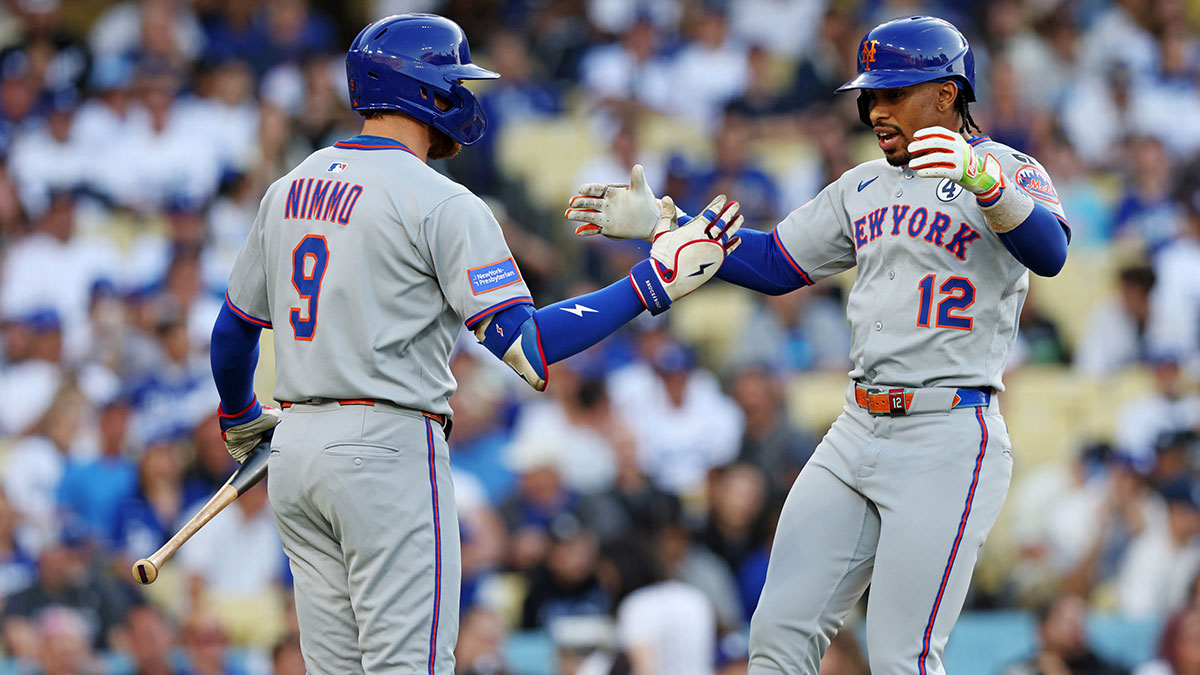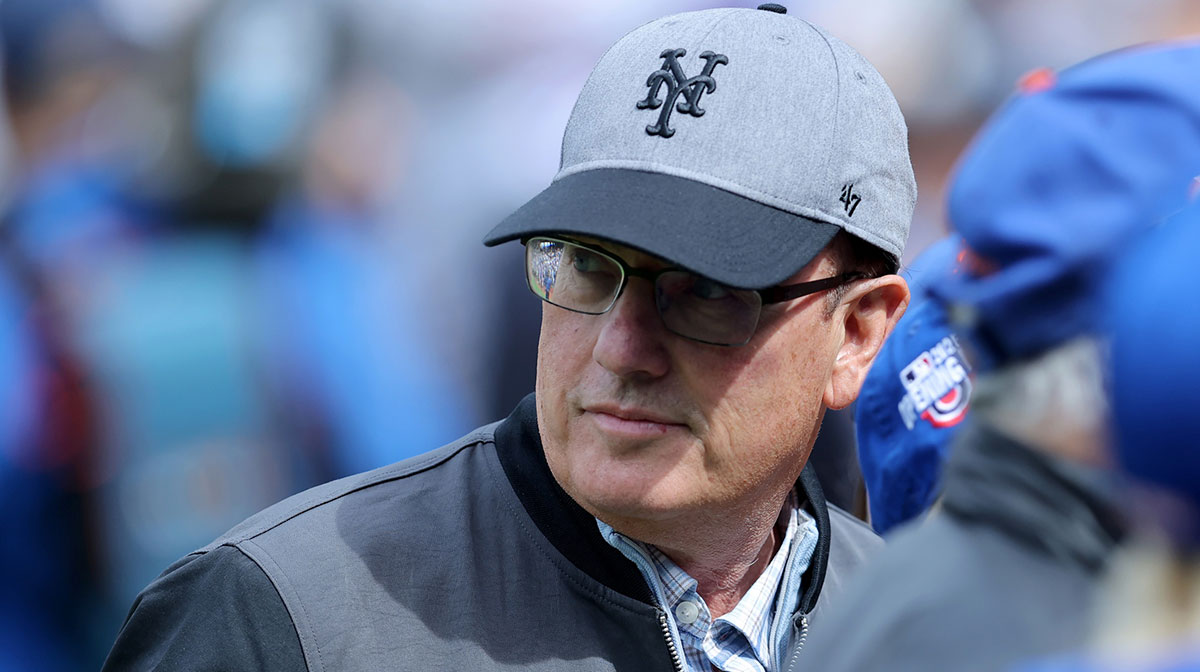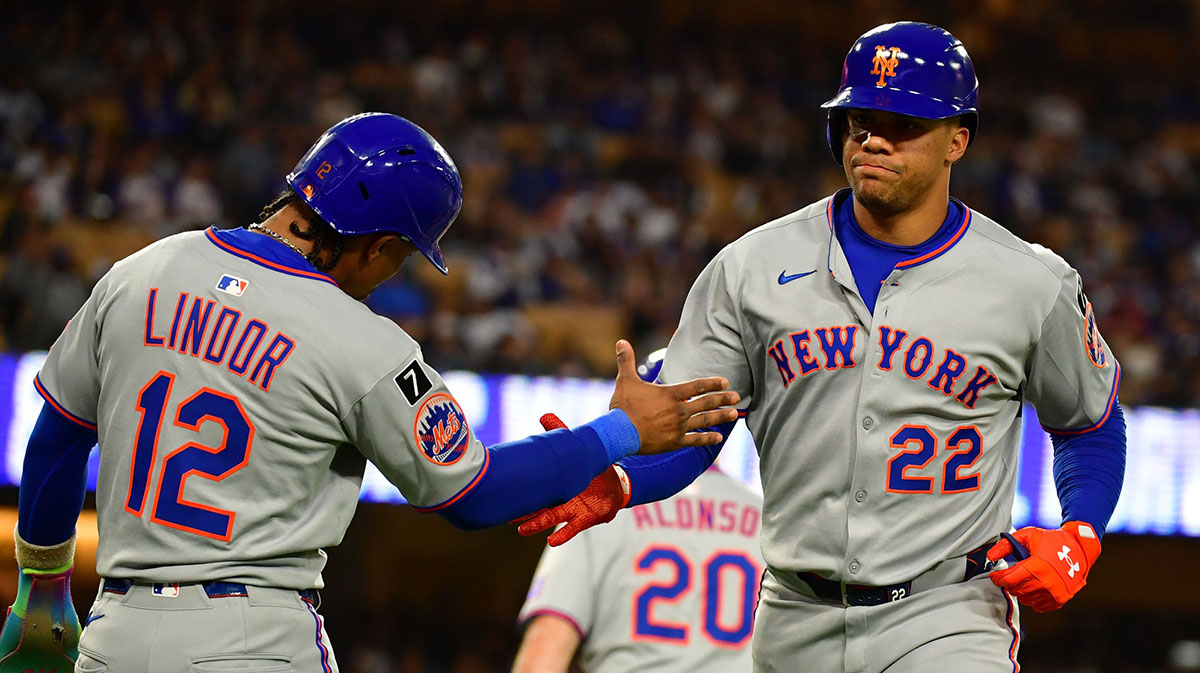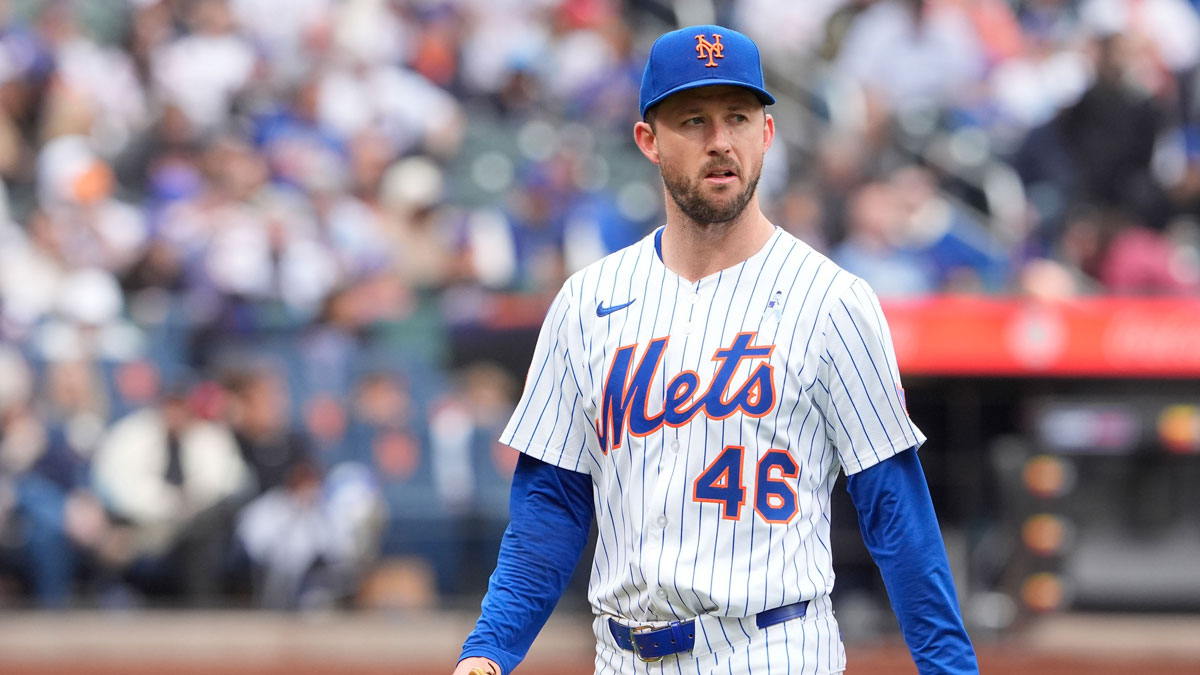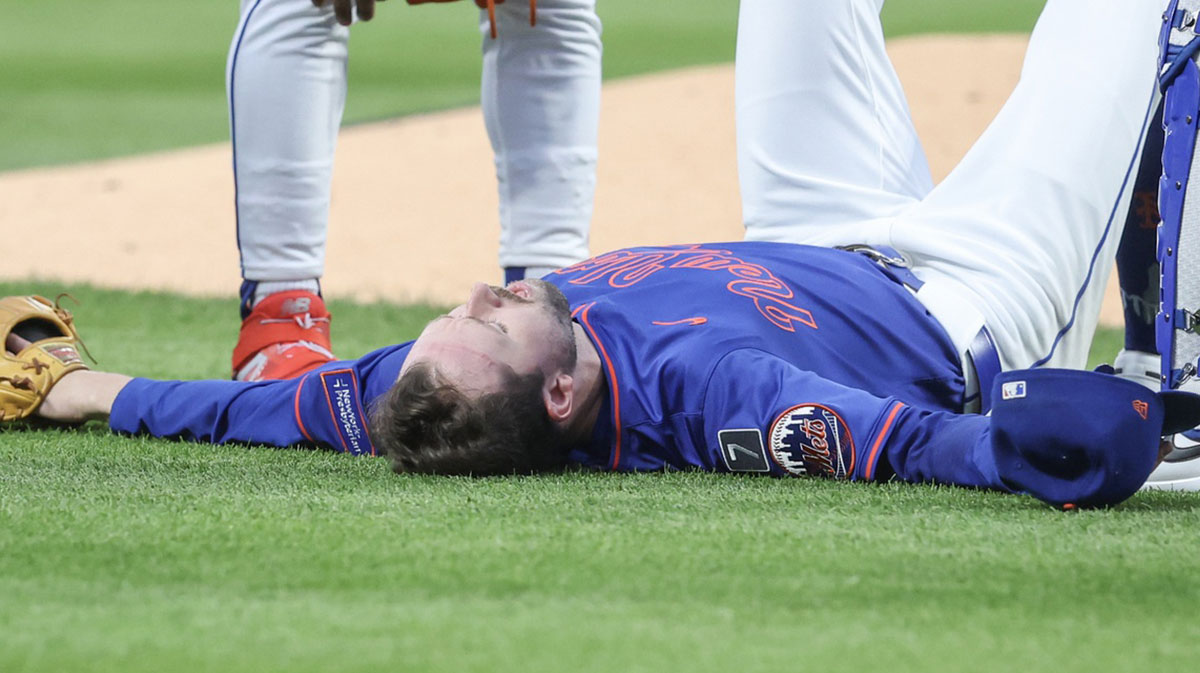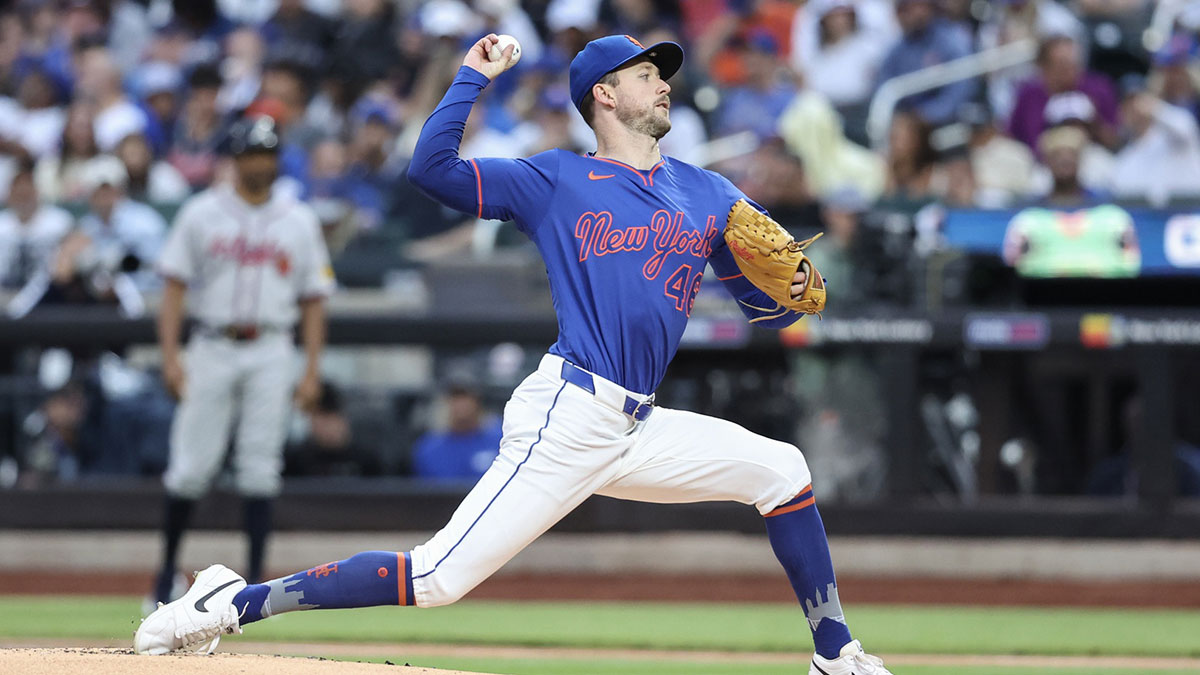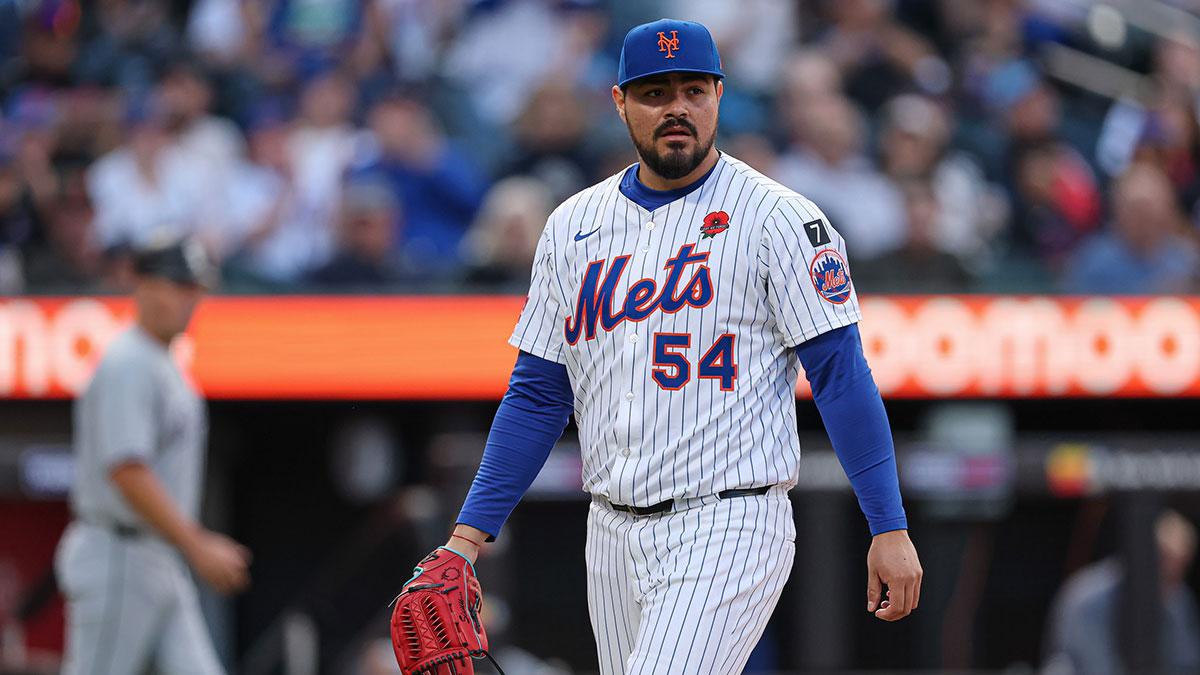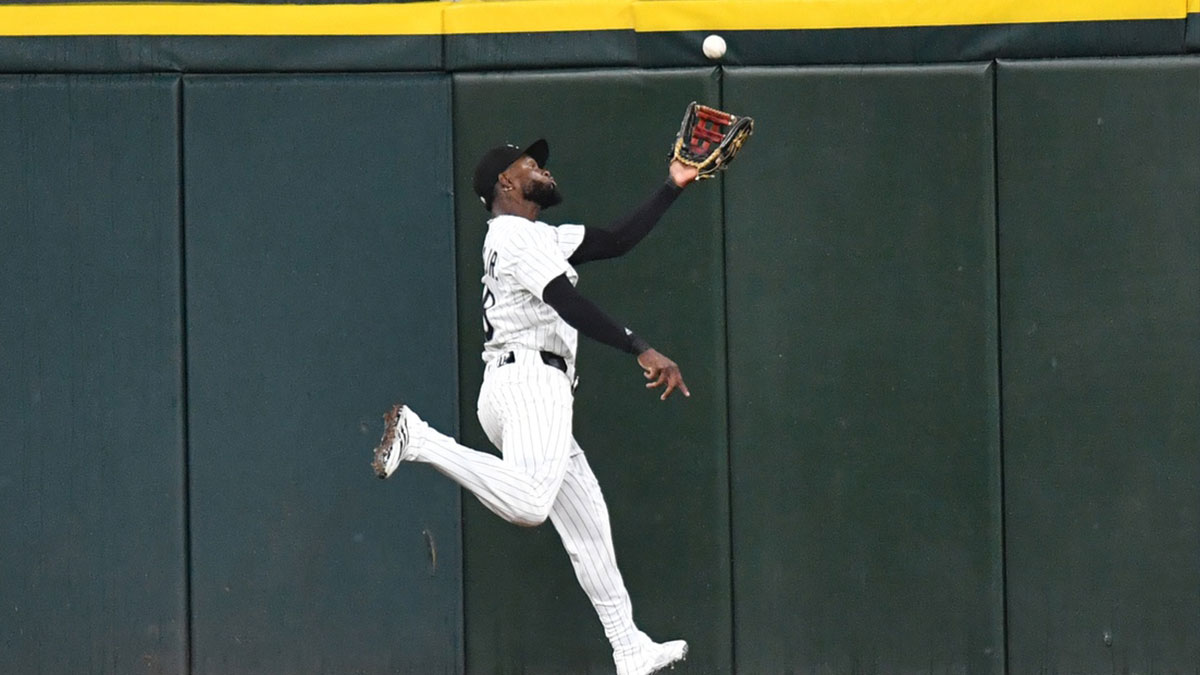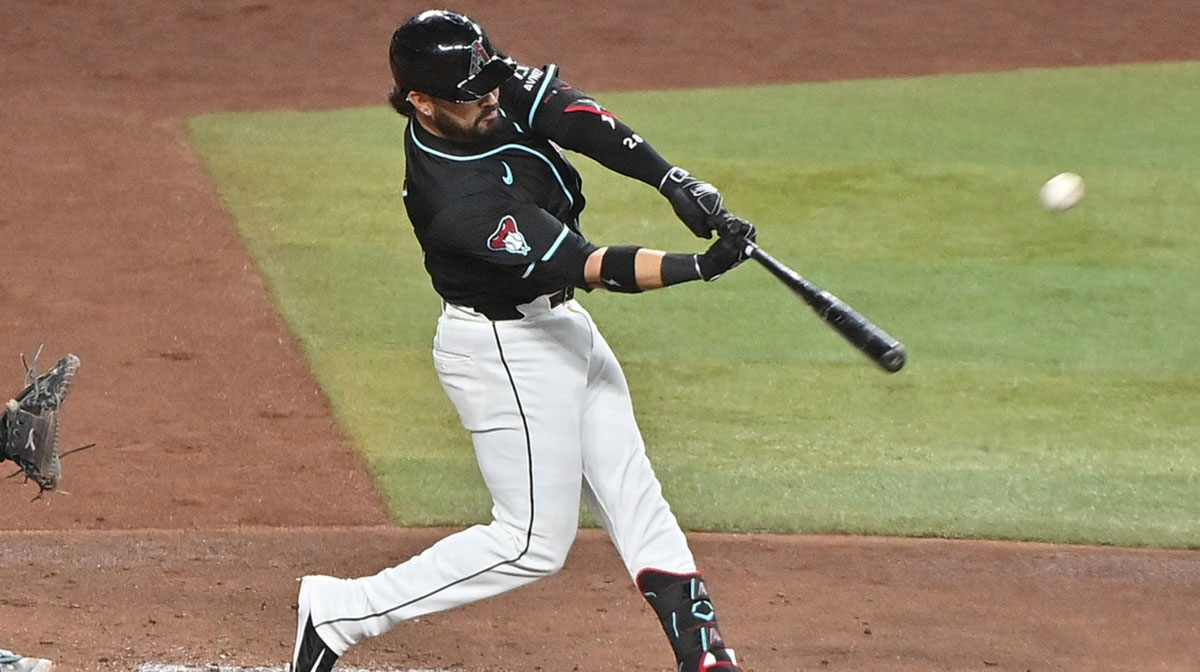Many Americans spend the long days of Winter and rainy days of Spring waiting for July 1, as for the average Joe, it kicks off a month of tasty hot dogs, juicy watermelon, dog days at the beach and general relaxation. There's also Bobby Bonilla Day.
Perhaps the one American who looks forward to July 1 the most is Bobby Bonilla, a 58-year-old MLB veteran who cashes in on a $1,193,248 payday every at the start of July in what has to be one of the most clutch retirement plans ever.
The origins of this deal prove that future MLB players should look into paying for agents like Dennis Gilbert, the man who helped Bonilla be able to count on this hefty check in the middle of every Summer.
After posting brutal hitting numbers in the 1999 season with the New York Mets (.160 batting average, .277 on-base percentage, .303 slugging percentage), the team decided they wanted to move on from Bonilla and agreed to buy out the remaining $5.9 million of his contract.
Bobby Bonilla Day: The Inside Scoop
Instead of traditionally buying out Bonilla with the money upfront or coming up with a structured plan over a few years, Gilbert and Mets ownership made the decision to defer payments to 2011, with an 8% annual interest rate.
That math checks out to $29.8 million, meaning that Bonilla has been getting paid a little more than a million every year since the 10-year deferment was up in 2011 until 2035, with Bonilla suiting up for the Mets exactly 0 times in that stretch. Basically, he'll be 72 years of age by the time his salary agreement with the Mets runs out.
Why the Mets make a deal that long and give up that much money, you ask? Well, Mets owner Fred Wilpon was one of thousands of victims of Bernie Madoff's Ponzi scheme, and believed he was getting huge returns from the investments that would far outweigh the eventual deferred payments.
When Madoff got arrested in 2008, Wilpon was one of many who realized he wouldn't be getting any returns, but the pen was already signed to paper with the Bonilla contract.
While these deferment plans are rare in MLB partially because of the Bonilla contract, there are a few notable players who have similar plans set up for retirement.
Bonilla's deal was inspired by a deal New York made in 2004, when they agreed in 2004 to pay pitcher Bret Saberhagen a quarter of a million dollars every year for 25 years.
Pitcher Bruce Sutter just got his last annual paycheck from the Atlanta Braves, who agreed to pay him $750,000 per year for 30 years after he retired in 1990.
Slugger Manny Ramírez will collect $24.2 million total from the Red Sox through 2026, and Nationals pitcher Max Scherzer will collect $105 million through 2028.
Bonilla's contract is widely seen as one of the most player-friendly contracts in the history of professional sports, as we will likely not see a deal in that nature ever done again.
While Bonilla's contact has become an annual joke at the top of the calendar's seventh month, perhaps it has inspired current athletes to take financial investments to make sure they are set up post-retirement, with a recent example being Patrick Mahomes becoming a partial owner in the Kansas City Royals.

